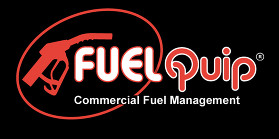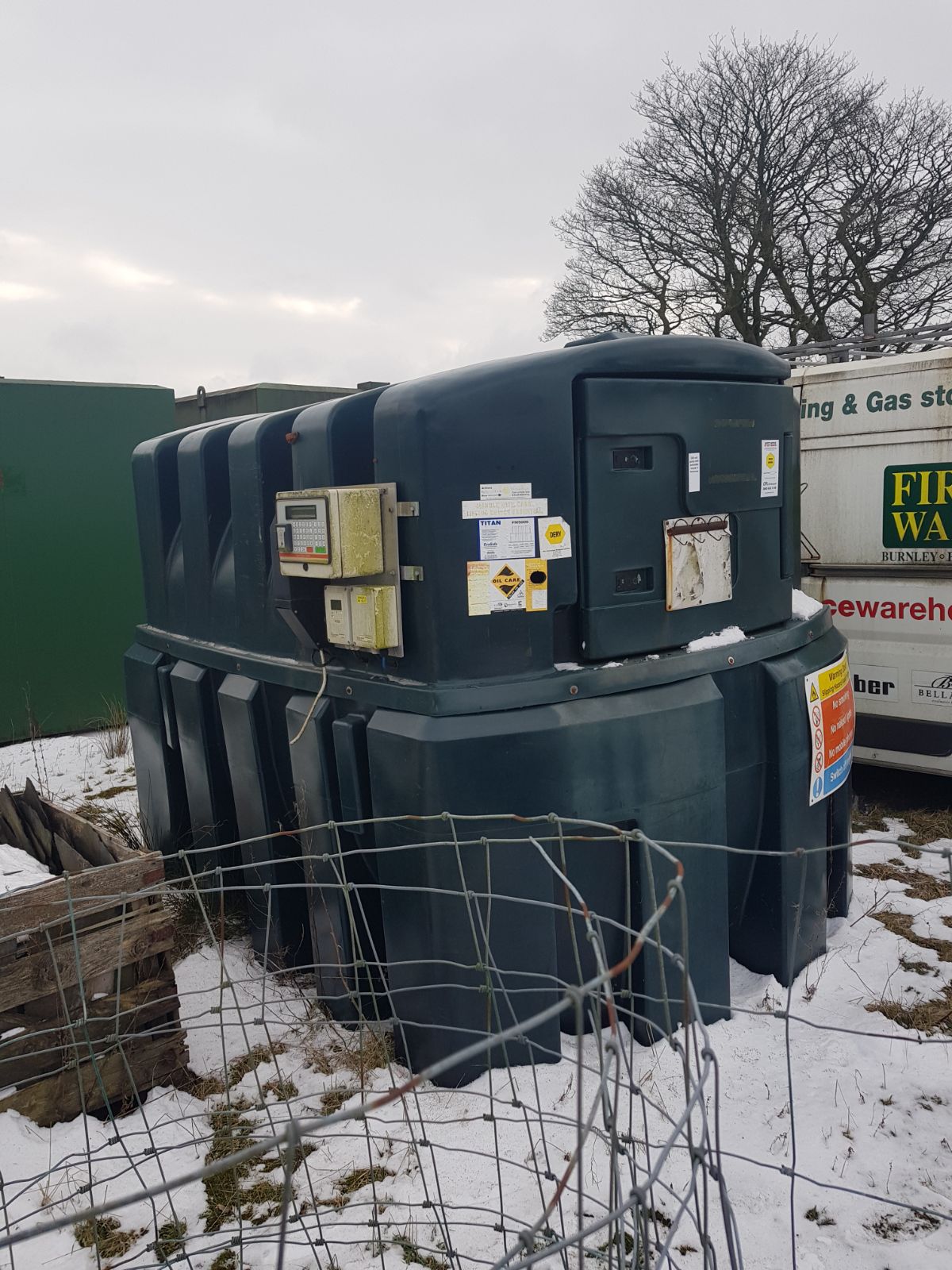What Is A Bunded Fuel Tank And How It Can Help Your Operations
There are many different types of containment units that are designed specifically for the storage of fuel. When storing hazardous, caustic, flammable or combustible materials of any type, you must make sure that your storage systems are in line with all industry-specific and general safety requirements. This is why a lot of companies and consumers are choosing to work with knowledgeable, compliance consultants. The good news is that whether you are working on your own or with the assistance of a consulting firm, there is a lot of valuable information to assist you with all purchasing decisions. If you have ever wondered “What is a bunded fuel tank?”, then the following info is definitely worth reading.
These are fuel storage tanks that are made specifically for the storage or transport of things like residential heating oil and other hazardous products. They are quite different from other tanks that are meant for storing oil. Typical units are known as single skin units. They do not have any secondary or backup containment units known as outside skins.
Tanks that do have outside skins are far safer and much more practical in these applications. If the first layer of protection fails, the second skin will keep leaking and spills from occurring. This second skin is sometimes referred to as bunding. It keeps oil from leaking onto the ground and from spilling into any others areas where it might cause environmental damages or additional forms of harm.
It is usually necessary for tanks to have this bunding in place in order for companies to remain compliant. In fact, this is also the case when storage exists in residential and small farm environments. Without it, storage systems are not deemed sufficiently safe for meeting the legal minimums for leak-prevention.
One of the major benefits of having a secondary skin on your tanks is being able to protect the local ground soils and water supplies. If leaks do indeed occur, you won’t have to worry about contaminating the local soils or causing issues with the local, municipal water stores. All spilled materials will be caught and retained in the secondary unit so that no fuel is actually being introduced directly into the natural environment at any point in time.
For companies, this is also a great way to avoid public relations disasters. Consumers are often unwilling to work with businesses that have a very limited regard for the natural environment. Choosing the right tank type can prevent massive oil spills, the related, costly cleanup efforts, and the incredibly negative press that events like these entail.
One thing to note about these types of containment units is that they are often significant more costly than their single skin counterparts. This is because they typically use more materials as part of their basic construction. Moreover, given the primary goal of preventing spillage, these materials are often much higher in quality than the materials that are used in single skin designs.
While this type of tank might not be necessary in your work or home environment, it will likely be required when fuel is stored for transport. Beyond preventing spills, certain units are additionally designed to minimize the risks of events resulting from the inherent flammability of certain fuels. Depending upon the fuel type that you will be transporting or storing, you may want to consult with a compliance expert in order to determine the exact tank specifications for your application, budget and needs.

